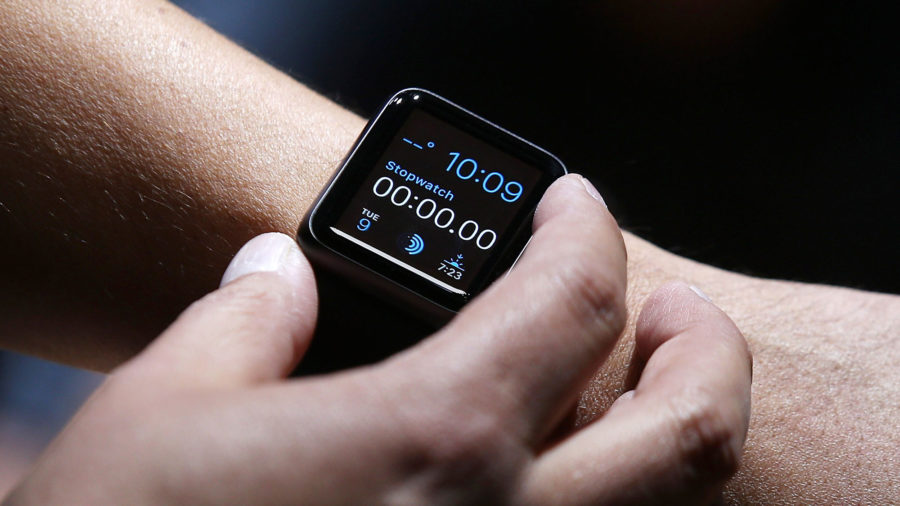Wearable tech
As we make our progression into 2017, technology is booming. Each and every day, scientists and engineers build and develop new and innovative technology that further advances our society. As our generation gets older, people are obviously attracted to things that make their lives easier and more convenient.
Currently, wearable tech is booming. According to Forbes, the industry will be worth 35 billion by the year 2020. People just can’t get enough of it. Take a stroll into a local Best Buy and you’ll see more technology than you ever knew existed. Everything from virtual reality sets to drones equipped with 4K cameras to little tracking chips you can stick on things and keep track of all your goodies. Watches have been making the most prominent impact. 10 years ago people couldn’t wrap their minds around wearing a screen on their wrist that would report their blood pressure, steps taken, notification from your smartphone, and so on. All of which is amazing to look at when comparing it to the first watch that was produced in 1517. A variety of companies produce dozens of smartwatches. According to Fortune, Apple alone has sold nine million of their watches to consumers everywhere looking at making their lives easier and more convenient.
Along with great inventions come failures, and boy has the wearable tech industry had some fall throughs. In April of 2012, Google introduced a revolutionary step into the future with their smart glasses technology; a pair of eyeglasses without lenses that projected a virtual computer interface right in front of your eye. People’s minds filled with wonder when thinking that Google had enabled a pair of glasses to perform intricate smart features. Google Glass took your phone and put it permanently in front of your eye allowing the user the ability to check notifications and do daily smart functions without having to take your phone out. The idea was fantastic, it simplified the use of tech, promised ease of use, eliminated the need for accessing a computer or opening your phone to see simple stats such as the weather forecast, and so on. Yet the invention died and sold less than 50,000 units. Apple sold more than 78 million units in the last eight months by comparison.
The future of wearable tech is impossible to predict, but we sure have an idea of what some of the future tech will entail. With all tech, we see purpose and convenience as a key aspect of the success of a product. Those things along with personalization, efficiency, accuracy, discretion, and unobtrusiveness will become more and more prominent. Jen Quinlen, a writer for WIRED, wrote an article regarding the future of wearable technology and what consumers can look for. She brings up a good point by mentioning that even though we choose to buy and surround ourselves with wearable technology, we seldom choose to involve the tech in our everyday lives. This is entirely true; we will wear things such as wedding rings and jewelry that serve fundamentally zero purpose to the success of our lives. So with the future of wearable tech, the main focus will be to develop and produce gadgets and gear that can be implemented into our everyday lives and will make our lives more productive.

